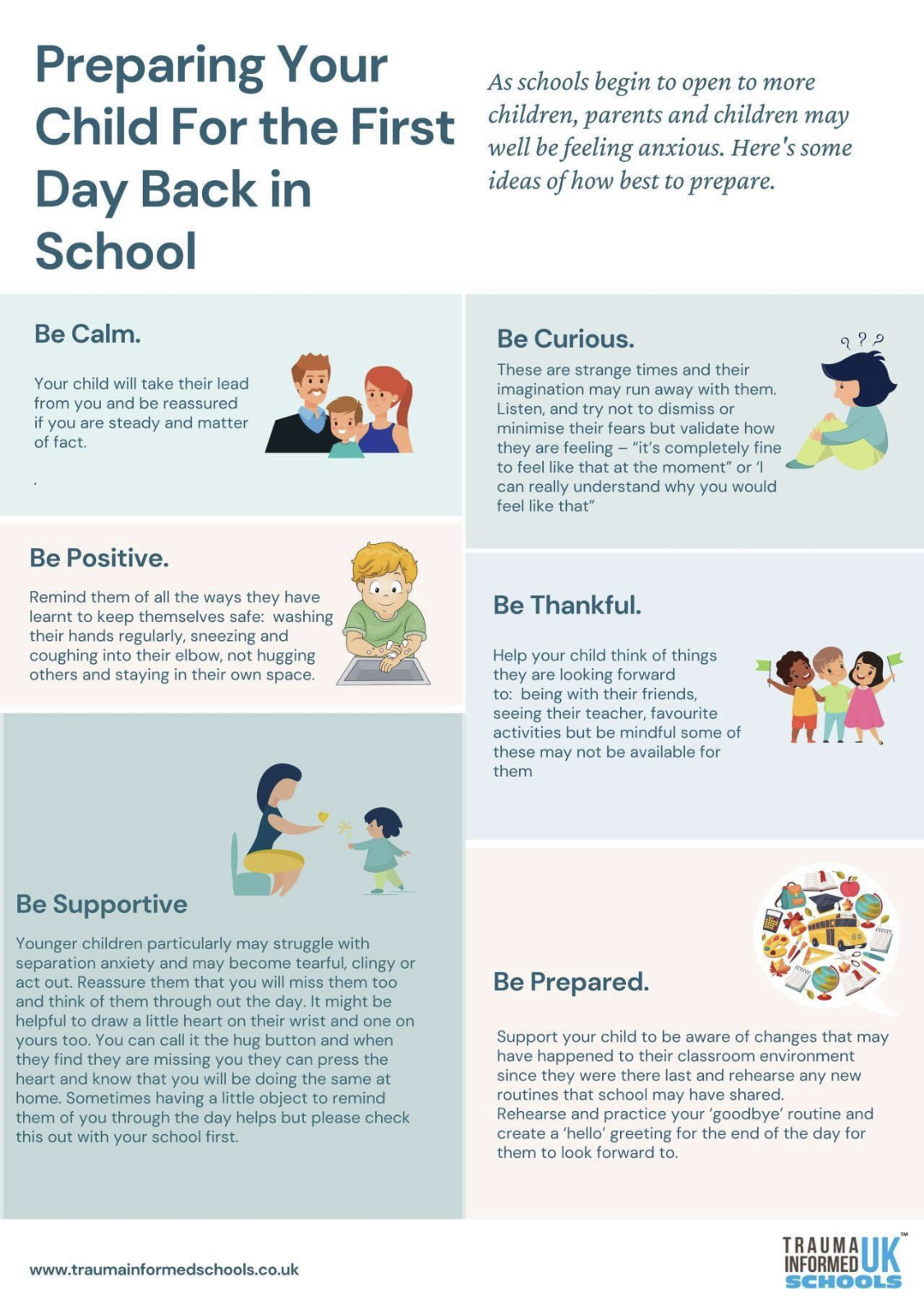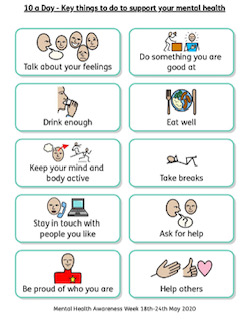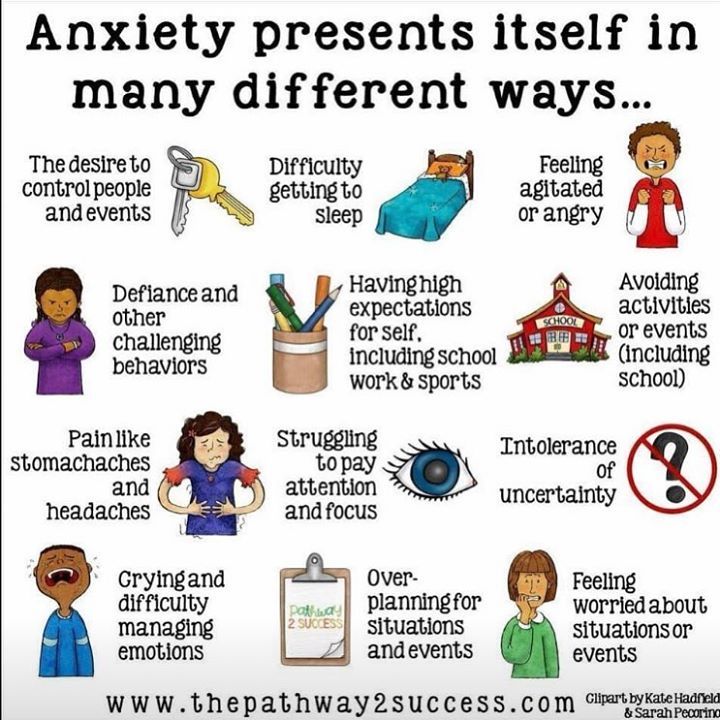Welcome to the Well Being Spot!
A safe space to explore well being activities, feelings and more.
Mrs Pollington
 [dropshadowbox align=”none” effect=”lifted-both” width=”auto” height=”” background_color=”#ffffff” border_width=”1″ border_color=”#dddddd” ] Mental health is everyone’s business.
[dropshadowbox align=”none” effect=”lifted-both” width=”auto” height=”” background_color=”#ffffff” border_width=”1″ border_color=”#dddddd” ] Mental health is everyone’s business.
We all have times when we feel down or stressed or frightened. Most of the time those feelings pass. But sometimes they develop into a more serious problem and that could happen to any of us. Our mental’s health does not always stay the same. It can change as circumstances change and as we move through different stages of our life.
We all know how we can keep our body healthy, but what can we do to look after our mental health?
Have a look at these 10 tops tips!
At Howard Primary we support children in looking after their mental health and wellbeing by using strategies such as mindfulness, breathing techniques and more. Have a look at these videos to find out more :
Wellbeing spot breathing-sun-blue zone – Copy
Wellbeing spot Breathing-infinity or lazy 8 – Copy
Breathing-Y5 Pyman-Food Breath – Copy
Breathing-Y5 Qusai-warming Breath-german – Copy
More information on:
Howard School Dojo
https://www.mentalhealth.org.uk/campaigns/mental-health-awareness-week
https://www.annafreud.org/
[dropshadowbox align=”none” effect=”lifted-both” width=”auto” height=”” background_color=”#ffffff” border_width=”1″ border_color=”#dddddd” ]Feelings are part of what makes us being human. Sometimes they can be baffling, overwhelming, confusing…they can lead us to behave in unexpected ways. How can we become more familiar with our feelings, especially when we are very young?[/dropshadowbox]
[dropshadowbox align=”none” effect=”lifted-both” width=”auto” height=”” background_color=”#ffffff” border_width=”1″ border_color=”#dddddd” ]At Howard Primary we use the language of Zones of Regulation and we see feelings also as having physical signs. We talk about feeling uncomfortable and our cheeks getting hotter. We talk about how feeling anxious can make our shoulders tense up or our palms become sweaty. Slowly we get to know what feelings feel like and we learn new words to express ourselves. We learn how to be emotionally literate.[/dropshadowbox]
We classify feelings/emotions and how they can make our body feel into four zones:
Green Zone = when you are ready – “good to go.” You feel happy, calm, focused, ready to learn
Blue Zone = when your body is running slowly, such as when you are tired, sick, sad or bored.
Yellow Zone = when you feel your engine is running high, such as when you are frustrated, overwhelmed, silly, wiggly, excited, worried, anxious or surprised.
Red Zone = is when you have “flipped your lid.” You have extreme feelings such as panic, uncontrolled anger, aggression or elation.
We play games to familiarise ourselves with the language of feelings as children might only know the word happy and angry to express their feelings. Games such as Emotions Bingo or Let’s sort our feelings out
Why not have a go at the game below?
The answers are in this file:
Answer_ Emoji Zones Matching chart
Let’s look at ANXIETY more closely.
How could it make our body feel? Which unexpected behaviours could anxiety lead us to display?
This cartoon explains how baffling feelings can be for children and adults. That is why it is very important to get to know our emotions and how they can affect our behaviour and self worth.
Emotional literacy does not just happen, it is a skill which can be taught. Awareness is the first step on the road to emotional literacy.



